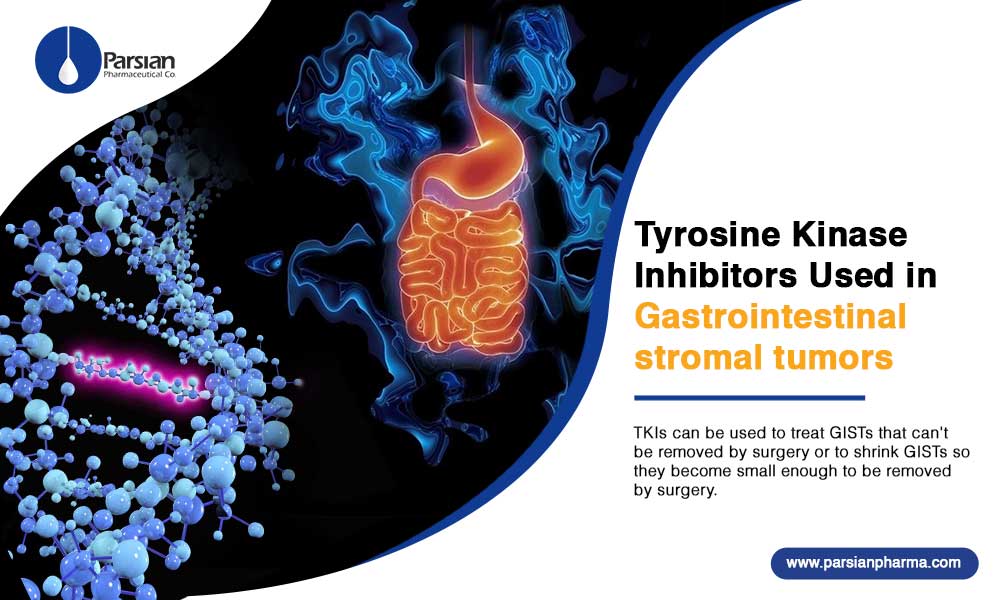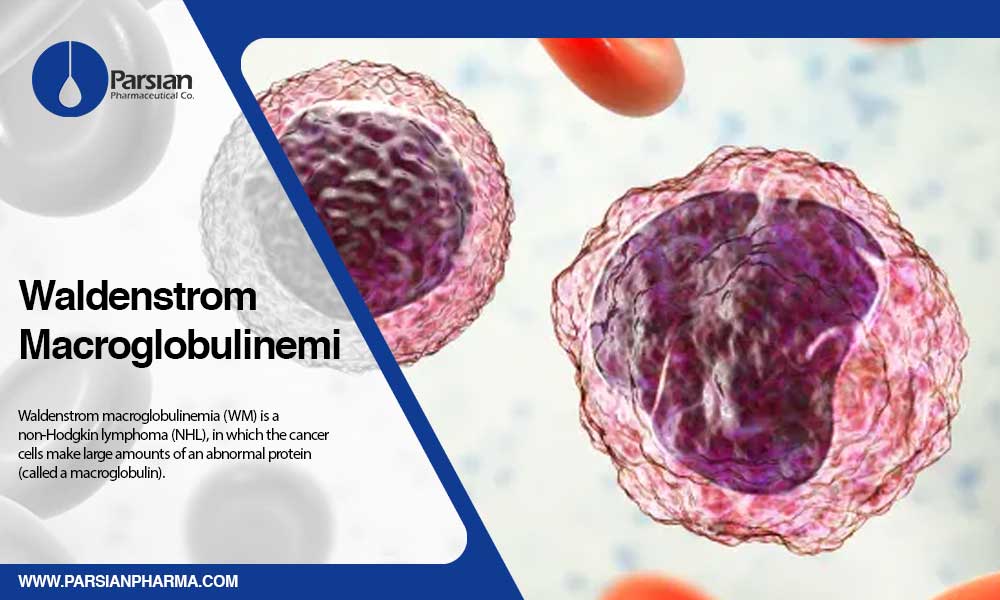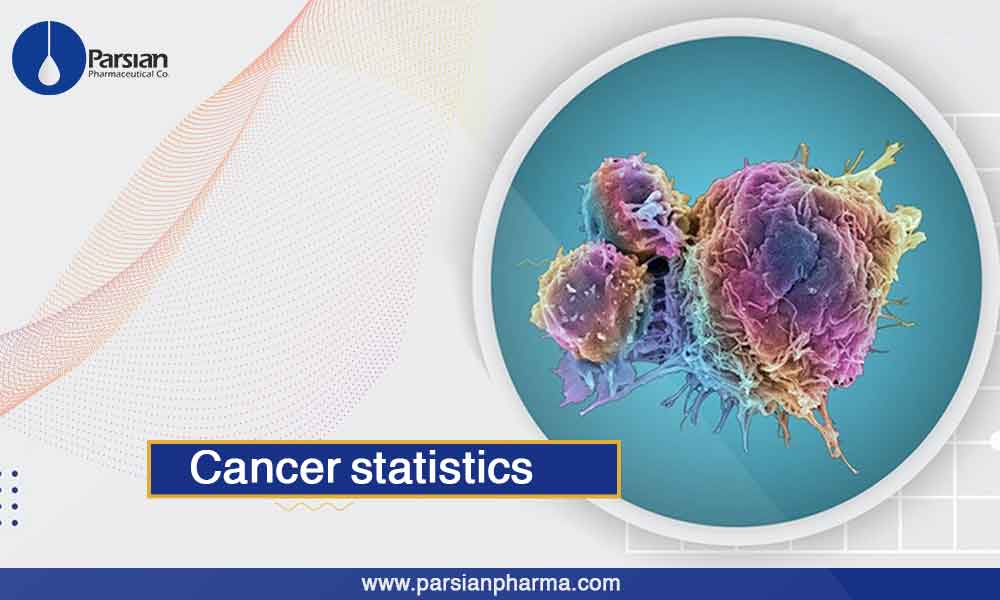Hepatocellular carcinoma

Hepatocellular carcinoma (HCC) Liver cancer is a global health challenge, with an estimated incidence of >1 million patients by 2025. Primary liver cancer is one that started in the liver. There are 5 main types. The type of liver cancer depends on the cell type that the cancer started in. If cancer began somewhere else […]
Gastrointestinal stromal tumors (GISTs)

Tyrosine Kinase Inhibitors Used in Gastrointestinal stromal tumors (GISTs) Introduction A gastrointestinal stromal tumor is a rare cancer, which are often found during an endoscopy or CT scan for an unrelated reasons. Gastrointestinal stromal tumors (GISTs) start in special cells in the wall of the gastrointestinal tract. GISTs start in very early types of special […]
Waldenstrom Macroglobulinemia (WM)

Introduction of Waldenstrom Macroglobulinemia (WM) Waldenstrom Macroglobulinemia (WM) is a non-Hodgkin lymphoma (NHL), in which the cancer cells make large amounts of an abnormal protein (called a macroglobulin). Another name for this subtype of NHL cancers is lymphoplasmacytic lymphoma. This condition is a rare indolent B-cell lymphoma that occurs in less than two percent of […]
Graft-versus-Host Disease (GvHD)

Quick Review over Graft-versus-Host Disease (GvHD) Introduction: Graft-versus-Host Disease (GvHD) is a common complication because of a transplantation using donor; this complication occurs when the donor’s immune system (the graft) recognizes the patient’s organs and tissues (the host) as unfamiliar cells that should be destroyed. This complication is triggered by a type of white blood cell […]
Cancer Statistics

Cancer statistics According to the American Cancer Society’s annual estimate of 2021, there will be 1898160 new cases and 608570 deaths caused by that in the United States. In generally, due to improvements in various facets of humans’ lives, including availability of different instruments for diagnosing mortality rate has shrunk from its peak in 1991 […]
Protein Tyrosine Kinases:Their Roles and Their Targeting in Leukemia

Protein tyrosine kinases superfamily definition A large group of enzymes that speeding up protein phosphorylation and controlling multiple signaling incidents are titled as Protein tyrosine kinases, which represents a complicated system and is wrapped up by of 518 members. Based on their ability to phosphorylate either tyrosine or serine and threonine residues, they are classified into two main […]
Epidermal Growth Factor Receptor (EGFR) Tyrosine Kinase Inhibitors

Epidermal growth factor receptor (EGFR) tyrosine kinase inhibitors for the treatment of non-small cell lung cancer: a patent review (2014-present) One of the most common and deadliest disease on record is lung cancer. According to estimates with increasing incidence each year, about 85% of lung cancer cases are non-small cell lung cancer type, and about […]
Parsian Pharama Review of CDK4/6 Inhibitors Citing to the Recent Articles

Parsian pharama review of CDK4-6 inhibitors citing to the recent articles One of the most common cancers among women is Breast cancer. Sometimes the average risk of developing breast cancer in a woman in the United States in her lifespan is about 13%. More than 70% of breast cancer cases are Hormone receptor–positive (HR+) types, […]
Aromatase Inhibitors

Parsian pharma review of aromatase inhibitors (AIs) citing to the recent articles regard this subject: Key points that led Parsian pharma to choose Letrozole over other aromatase inhibitors Cell growth in breast cancer is essentially derived by estrogen in both premenopausal and postmenopausal women. Most of the breast cancer cases are among postmenopausal women, […]
Some Tips for Patients who are Taking a CDK4/6 Inhibitor

Some Tips for Patients who are Taking a CDK4/6 Inhibitor CDK4/6 inhibitors are pills taken orally and mostly they are prescribed along with hormonal therapy. If you are taking a CDK4/6 inhibitor, in this article Parsian pharma have some recommendations that can help things go more easily. Create a system for organizing your medications Ask your […]
